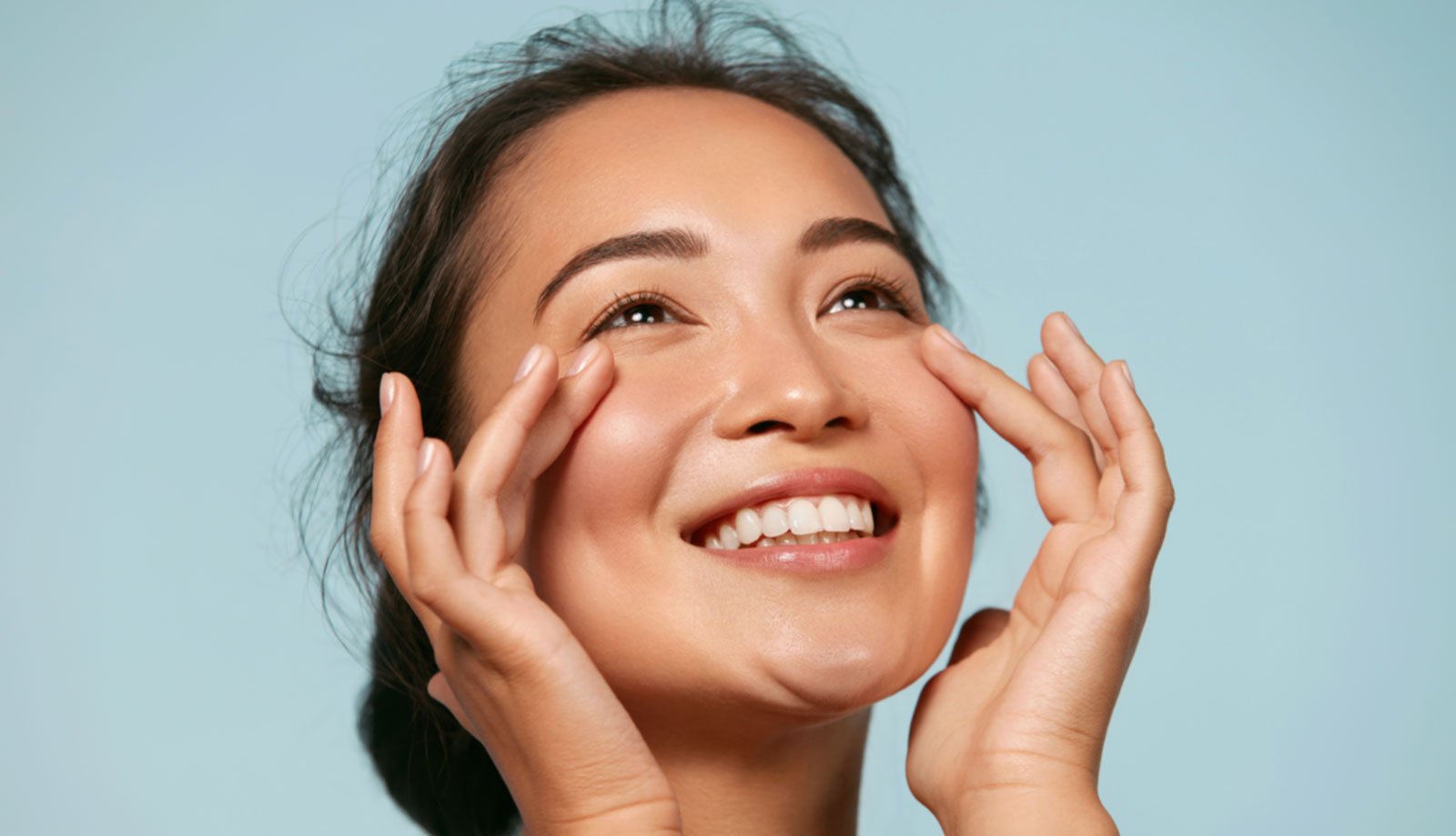
Cryotherapy is a popular topical treatment for early-stage cancers and/or superficial skin lesions. The procedure uses an extremely cold substance to kill and destroy tissue. Topical treatments for skin cancer are most often used to treat lesions that are benign, precancerous, and/or superficial. The substance used will have a temperature around -330 degrees Fahrenheit, which means it will instantly freeze and kill anything it touches. Cryotherapy reduces scarring by targeting only the lesion, and it requires very little downtime after the procedure.
Remember that cryotherapy and other topical treatments are only available with a formal skin cancer diagnosis. If you believe you have skin cancer, you will need a doctor to perform a screening and biopsy. The best way to begin this process is to schedule a skin cancer screening at our Chesterfield office. Even if you are not experiencing skin cancer symptoms, maintaining regular skin checkups is a great health habit. Schedule your appointment today.
A cryotherapy appointment is typically fast and painless. Patients do not need to do anything to prepare for the treatment, but they should not wear makeup, lotion, or powder on the area being treated. The doctor will likely clean the skin spot and apply a topical anesthetic. They will then spray liquid nitrogen (or carbon dioxide and argon) on the area, which will freeze the skin. You will be able to go home shortly after the treatment. As a point of reference, the procedure is very similar to the technique used when doctors freeze off warts using a liquid nitrogen spray.
The goal of cryotherapy is to achieve a blister. This can be uncomfortable, but this is a sign that the nitrogen has done its job.
Very little downtime is required after cryotherapy. The treated area will become red soon after the procedure, and many patients report swelling and blistering. You may also see clear drainage on the treated area, but this is normal. The area will heal in around 7 to 10 days, and it will not likely leave a scar.
You’ll need to care for the treatment site for a couple of weeks following the procedure, but your doctor will provide individualized instructions. This care often involves keeping the area free of contaminants and frequently changing the bandages. You will be instructed to use fragrance-free soap and water daily, then put Vaseline or Aquaphor on the treated area every day for two weeks – similar to a tattoo recovery.
Patients will also need to schedule a follow-up appointment after the treatment. Here, the doctor will determine how successful the treatment was with a thorough examination. You may be advised to receive another round of cryotherapy. In the rare event you experience chills, a fever, or signs of an infection after the procedure, call our office immediately.
Like most skin cancer treatments, cryotherapy has its own risks. That said, they are generally considered to be mild and less invasive than most cancer treatments. The side effects and risks associated with this type of treatment include:
Chemotherapy cream is another popular topical skin cancer treatment. If you are recommended this treatment, you will be provided with a topical chemotherapy cream to apply to the skin twice each day. This is typically used for precancer actinic or solar keratoses, as well as for basal cell carcinoma. Treatment can range from 2 weeks to 12 weeks, or until the lesions disappear. During the first few weeks of treatment, the surrounding areas will feel irritated and look red, swollen, and scaly. This is normal. You should apply the cream with a nonmetal applicator, a glove, or your hand. For more information about how chemotherapy works, see our chemotherapy FAQ.
Photodynamic therapy is another form of topical therapy. This treatment uses photosensitive medication with light to kill superficial cancer cells. Photodynamic therapy is used for actinic keratosis, which are precancerous growths. Immune response modifier creams may also be used to target actinic keratoses and superficial basal cell carcinoma.